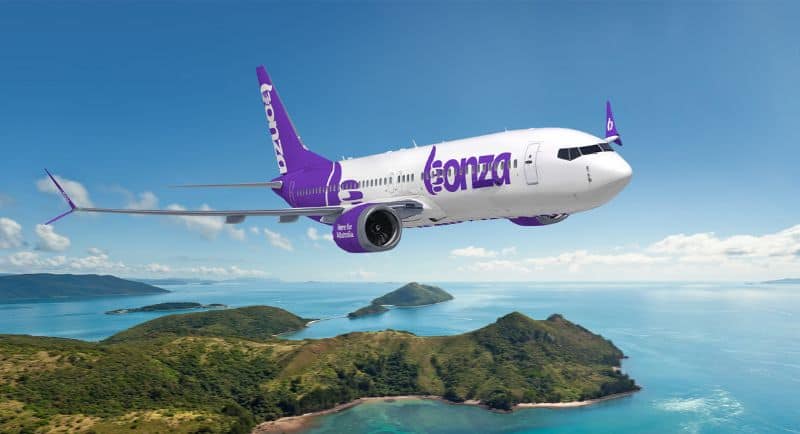By Bryden Campbell, founder of Brand Rebellion
In our continued cost-of-living crunch, Bonza could – and should – have worked. Regional Australians want to see increased competition among airline carriers. People don’t want to be taken for a ride by the big brands. As consumers, we want choice and competition in essential industries, not duopolies (see: supermarkets).
So what went wrong? And what can other challenger brands learn from Bonza’s lessons?
Don’t compete with bigger budgets, just be smart in what you do
Bonza entered the market with a competitive price point and message. But while low fares can open the door, the trick is to find ways to retain customers while being financially sustainable.
By strategically allocating resources and capitalising on unique selling points, it is possible for challenger brands to carve out their niche in the market – but price can’t be your only USP.
Focus on quick wins
Challenger brands should counter regulatory costs with quick wins early on that can build public trust and recognition. Bonza did have some good wins on the board: as recently as March this year, it led all the other major airlines for on-time arrivals.
This punctuality narrative should have been pushed harder, especially in the wake of constant delays plaguing the other carriers.
Address customer needs with a compelling story
Bonza could have focused on communicating value beyond just low prices to attract and retain customers. This could include emphasising service quality, unique route offerings, customer experience enhancements, or loyalty programs that incentivise repeat business.
These messages would then be associated with the brand, which would allow it to change pricing strategies based on financial sustainability. Take Qantas’ Spirit of Australia, for example. This isn’t a promise on price, or even customer experience: it’s a feeling. Bonza needed to discover what it wanted its customers to feel, and sell that story through great storytelling.
Be different, but not to the brand’s detriment
Bonza’s initial approach of personifying its brand with names like Bazza, Shazza, and Sheila was aimed at creating an Aussie-friendly image and standing out from its more ‘serious’ competitors.
While this strategy can indeed differentiate the brand and add personality, it’s crucial to consider the long-term effects on audience perception, trust, safety, and brand flexibility. Brand identity should resonate broadly while still capturing the essence of the brand’s values and positioning.
Instead, Bonza could have amped up the theme of regionality in its primary messaging, for example, by charting different routes and mixing up deals to help sell seats.
If it was easy, everyone could do what Bonza set out to do. We should recognise that being a challenger brand in an industry with regulatory burdens is not for the faint-hearted. Moving forward, I’m confident there is space for another challenger airline to fill the gap in the market for regional passengers who want to vote with their wallets. They’ll just need to be willing to learn from Bonza’s mistakes.

